I still remember the first time I played Under Falling Skies. It was during that weird period in 2020 when our regular gaming group couldn’t meet, and I was desperately seeking solo games that offered real strategic depth. I’d set up the game on our dining room table, and Linda (my wife) walked by, glanced at the colorful dice and spacecraft miniatures, and asked, “Another alien game?” She’s endlessly patient with my board game obsession, but even she raises an eyebrow at the sheer number of games in our collection featuring extraterrestrial threats.
“This one’s different,” I insisted. Two hours later, after my third consecutive defeat—each more spectacular than the last—I had to admit that while the game was indeed different, my approach to it needed serious refinement. Those aliens were kicking my butt, and my haphazard dice placement wasn’t doing Earth any favors.
After 52 plays (yes, I track them in a spreadsheet—my friends find this somewhere between amusing and concerning), I’ve developed dice placement strategies that have transformed my win rate from about 30% to closer to 70%, even against the toughest campaign scenarios. The fundamental insight that changed everything was recognizing that Under Falling Skies isn’t just a tactical puzzle—it’s a series of calculated trade-offs between immediate defensive needs and long-term research progress.
Let’s break down the specific strategies that have proven most effective:
First principle: The Efficiency Curve dictates early game focus. I’ve found that research efficiency increases over time as you upgrade your base, while defense efficiency remains relatively constant. This means early game turns should prioritize defense to buy time, while mid and late game turns can shift toward research.
In my early games, I made the classic mistake of pushing research too aggressively in the opening rounds. This inevitably led to the alien ships advancing too quickly, creating an insurmountable threat before my research could reach critical mass. Now I typically dedicate my first 2-3 turns primarily to defense, using high-value dice to shoot down ships and slow the alien advance, while using my lowest dice for modest research gains.
My friend Tony tried the opposite approach—rushing research while largely ignoring defense—and suffered even worse outcomes than my early attempts. “The best defense is a good offense” might work in some games, but in Under Falling Skies, dead researchers don’t complete their projects.
Second principle: The Rule of Five governs dice selection. When rolling your dice, the combined value of defensive and research potential on the board roughly needs to equal 15 (with five dice averaging 3-4 each). This means that extremely high or low rolls aren’t necessarily good or bad—they just dictate a different strategic approach for the turn.
When I roll exceptionally high (lots of 5s and 6s), I’ve learned to embrace a defense-heavy turn, using those high values to maximum effect by shooting down multiple ships or advancing energy significantly. When I roll exceptionally low (multiple 1s and 2s), I pivot to a research-focused turn, using those low values to advance research without pulling ships down too quickly.
This flexibility—adapting your strategy to your dice rather than hoping for dice that fit your strategy—transformed my gameplay. In a recent campaign scenario, I rolled three 1s in a critical late-game turn. Rather than lamenting my bad luck, I recognized this as an opportunity to make massive research progress with minimal ship advancement. That “unlucky” roll ended up being the turning point that secured my victory.
Third principle: Diagonal Advancement optimizes your base development. The room upgrade system in Under Falling Skies creates interesting dependencies, and I’ve found that a diagonal upgrade pattern generally offers the most efficient path to improved capabilities.
Starting in the top row and working diagonally down allows you to upgrade key systems like energy and fighter bays early while setting up for powerful research combinations in the mid-game. This diagonal approach also typically opens up more robot placement options earlier than a strictly horizontal or vertical upgrade strategy.
In one particularly effective game, I upgraded from the top-left energy room diagonally down to the right, creating a pathway that allowed my robots to generate significant energy while simultaneously advancing research. This diagonal development provided more flexibility than a straight-line approach would have offered.
Fourth principle: The Two-Turn Horizon should guide your immediate decisions. A common mistake is focusing solely on optimizing the current turn without considering how it sets up your next turn. I’ve found that planning two turns ahead—particularly with robot placement and room upgrades—dramatically improves overall efficiency.
This means sometimes accepting a suboptimal current turn to create a more powerful subsequent turn. For instance, placing a robot in a position that doesn’t help much now but will create a powerful synergy after your next upgrade can be far more valuable than maximizing only immediate benefits.
In a recent game, I placed a robot in an apparently useless position during turn three, confusing Linda who was watching the game. “Why put it there? It doesn’t do anything,” she observed. On turn four, after upgrading the adjacent room, that robot’s position unlocked a powerful synergy that allowed me to advance research by two spaces while generating enough energy to shoot down a critical ship. Planning for that two-turn sequence was far more valuable than optimizing either turn individually.
Fifth principle: Dice Placement Order matters enormously. Many new players (including myself initially) place their highest value dice first to secure what seem like the most important actions. This is often exactly backward. By placing lower-value dice first, you gain information about ship movement that informs your higher-value dice placement.
I typically start with my lowest die in research, observe the ship movement, then decide whether my high-value dice are more needed for defense or energy based on the resulting board state. This flexible approach allows for tactical adaptation that placing high dice first would prevent.
In one game, I placed a 2 in research, which pulled down a ship directly over my energy facility. This information was crucial—it meant I needed to use my 6 for shooting rather than energy generation as originally planned. Had I placed the 6 first, I would have generated energy I couldn’t use while allowing a ship to reach a dangerous position.
Beyond these core principles, specific tactical approaches have proven effective for different phases of the game:
In the opening phase (turns 1-3), prioritize fighter bay upgrades if you’re facing numerous small ships, or energy upgrades if facing fewer, larger ships. This targeted approach addresses your most pressing threat first while building toward mid-game research efficiency.
My most consistent early game approach involves upgrading one energy room and one fighter bay in the first two turns, which provides the balanced foundation needed to survive the mid-game while making decent research progress. Attempting to upgrade research rooms too early usually results in insufficient defensive capabilities when ships start accelerating.
For the mid-game phase (turns 4-6), focus on creating at least one highly efficient research path—a sequence of rooms that can generate multiple research points with minimal ship advancement. This often involves robot placement that activates multiple research rooms with a single die.
My friend Jeff demonstrated this brilliantly in a game where he created a vertical robot chain that allowed a single die placement to activate three separate research rooms. This efficiency let him focus his remaining dice on defense while still making substantial research progress.
In the end game (turns 7+), when the mothership approaches and research nears completion, shift to an “all-in” approach on either defense or research, depending on which victory condition seems more achievable. Splitting focus in the final turns usually results in failure on both fronts.
I’ve won most consistently by reaching the final few turns with 2-3 research spaces remaining and enough defensive capability to destroy any ships in critical positions. This balanced approach provides flexibility for the final push based on the specific end-game situation.
Room selection and city choice also dramatically impact optimal dice placement strategies. Some cities favor aggressive research approaches, while others require heavier defensive focus. The Las Vegas city card, with its dice manipulation ability, particularly rewards a different placement strategy that takes advantage of reroll opportunities.
In campaign scenarios, this adaptation becomes even more critical. The Sydney scenario, with its unique harbor mechanisms, completely changes optimal dice placement priorities. I’ve found that standard strategies often fail in campaign scenarios unless adjusted for their specific mechanics.
Let’s talk about some common dice placement mistakes I’ve observed (and made myself):
The most prevalent error is what I call “defensive fixation”—feeling compelled to shoot down every ship that appears. This seemingly cautious approach actually undermines long-term success by preventing sufficient research progress. I’ve learned that allowing some ships to advance while focusing on the most threatening ones creates more efficient turns.
In one game, I intentionally allowed three smaller ships to advance while focusing my defensive efforts on a single large ship that threatened a critical facility. This selective defense preserved high-value dice for research and energy generation while still preventing catastrophic damage.
Another common mistake is “upgrade rushing”—trying to unlock every room as quickly as possible. While upgrades are powerful, the temporary loss of a room’s function during the upgrade process can create dangerous vulnerabilities. Timing upgrades for lower-threat turns has proven far more effective than upgrading at every opportunity.
I once delayed an apparently obvious fighter bay upgrade for two full turns because the current alien ship configuration would have made losing that bay’s function temporarily devastating. When the threat composition changed, I executed the upgrade with minimal defensive risk.
Perhaps the subtlest error is failing to recognize the power of energy generation and storage. Many players (including early-game me) view energy merely as a resource for shooting and upgrades. In reality, banking energy creates tremendous flexibility for future turns, sometimes worth sacrificing immediate actions to achieve.
In a particularly successful game, I dedicated an entire turn to generating and banking energy despite facing moderate ship advancement. This seemed counterintuitive, but that stored energy allowed extraordinary efficiency over the next three turns, ultimately accelerating my research far more than taking immediate actions would have.
The dice placement in Under Falling Skies creates a fascinating tension between deterministic strategy (you control where dice go) and adapting to randomness (you don’t control what you roll). This balance—planning carefully while remaining flexible enough to capitalize on unexpected results—makes each game a unique puzzle.
My most satisfying victory came in a campaign game where I rolled terribly for the first three turns but managed to adapt my strategy to those low values. By focusing on research with my low dice and selectively using even my mid-value dice for defense only when absolutely necessary, I turned apparent bad luck into a strategic advantage. That adaptation—rather than hoping for better rolls—ultimately resulted in victory.
Under Falling Skies exemplifies elegant solo game design, where simple mechanisms create complex decision spaces. Each dice placement decision ripples throughout your turn and future possibilities. The game’s genius lies in how it forces constant reevaluation of priorities while maintaining a clear overall objective.
So the next time you’re facing those ominous alien ships descending toward your base, remember: it’s not about optimizing individual dice placements in isolation. It’s about creating a harmonious strategy that balances immediate defense with long-term research progress, adapts to the resources at hand, and always keeps one eye on setting up powerful future turns. Master these principles, and Earth might just have a fighting chance after all.

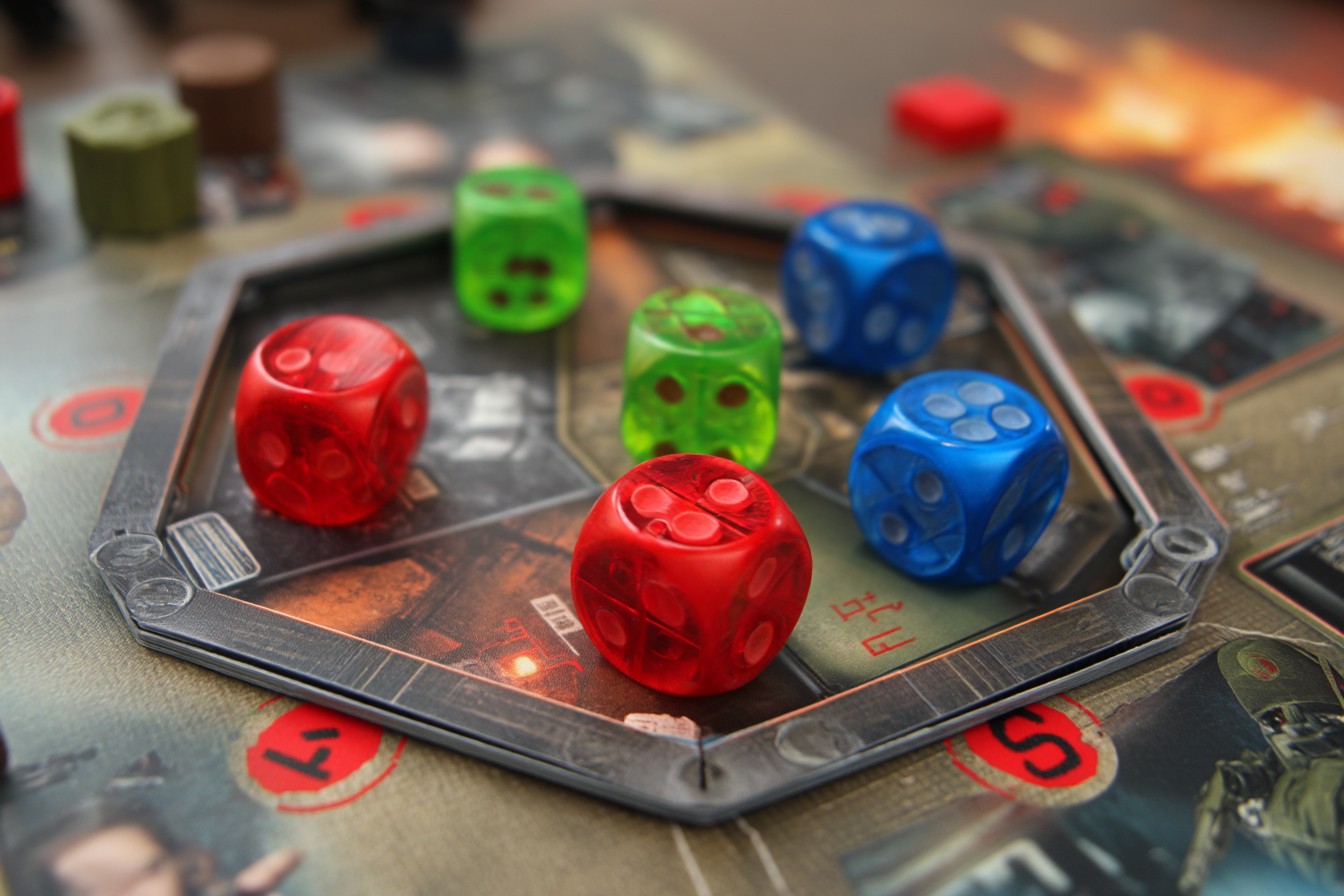

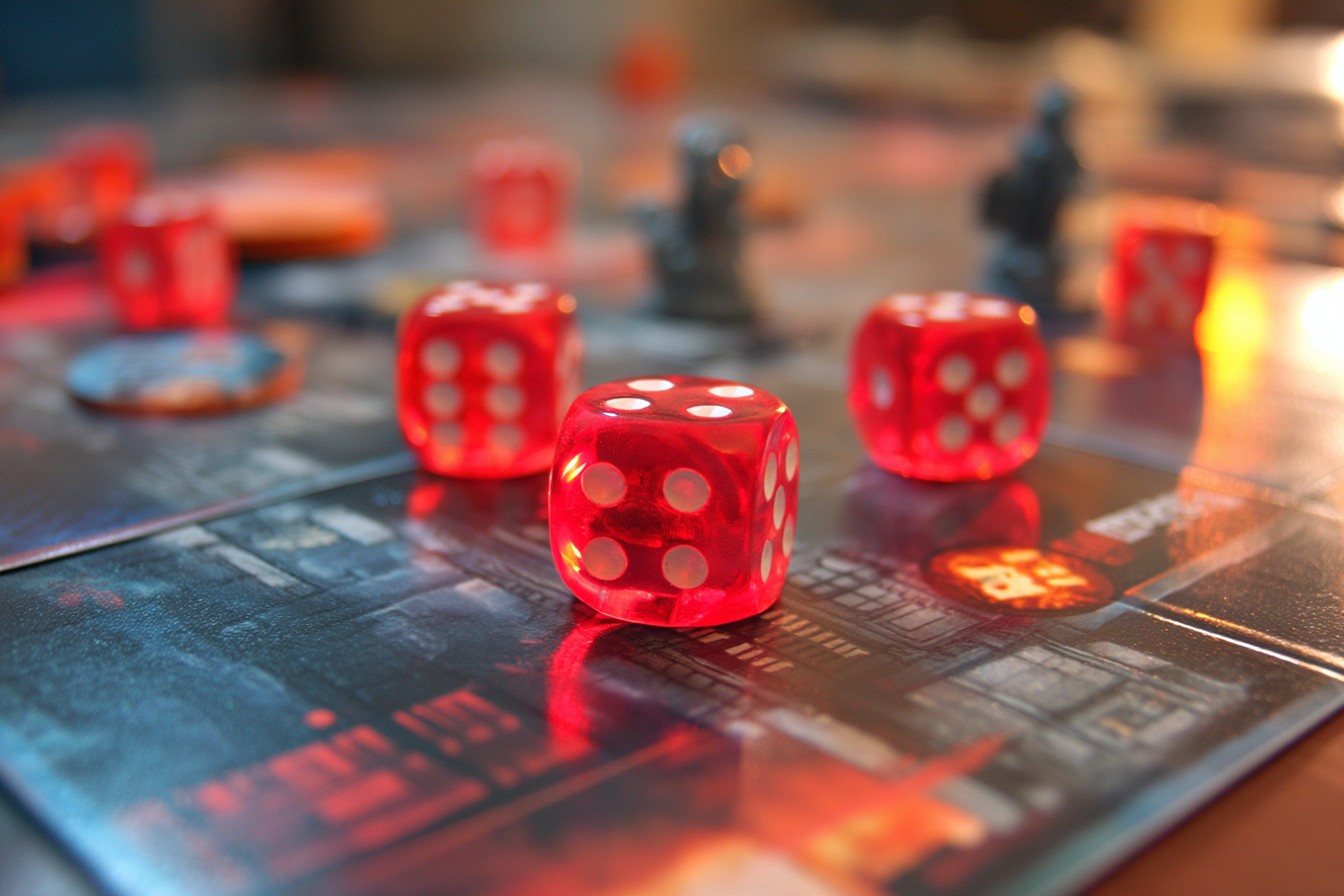
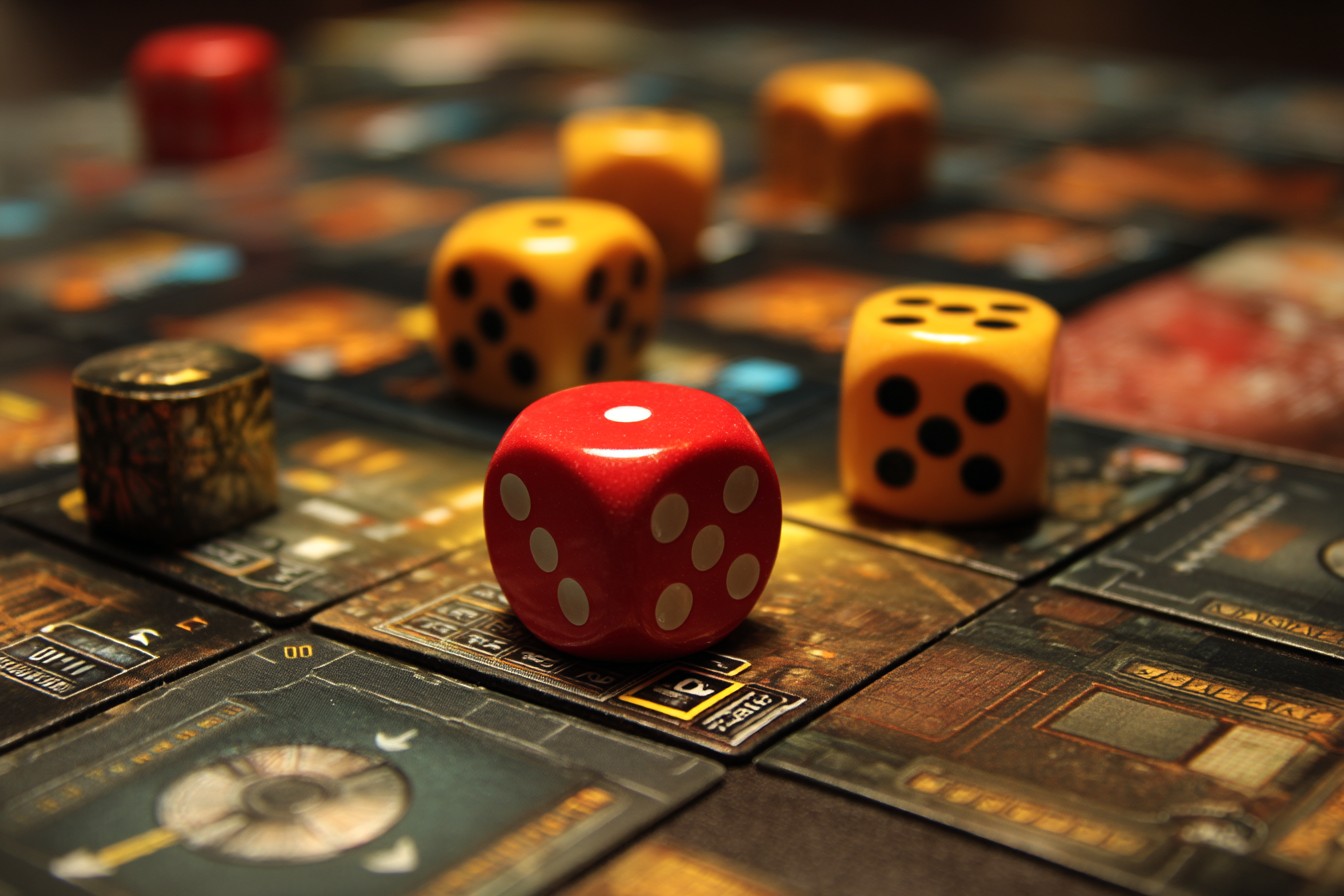

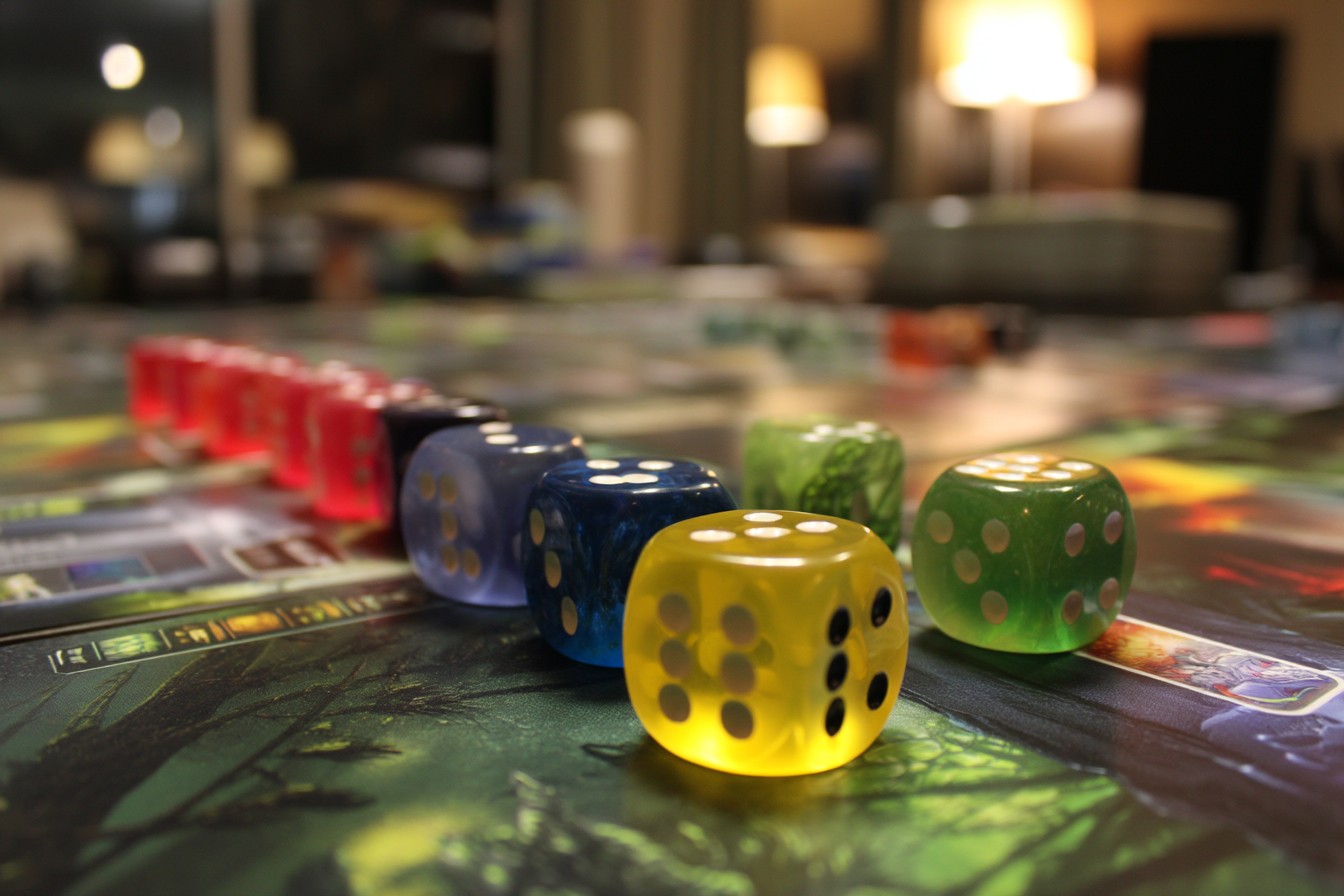
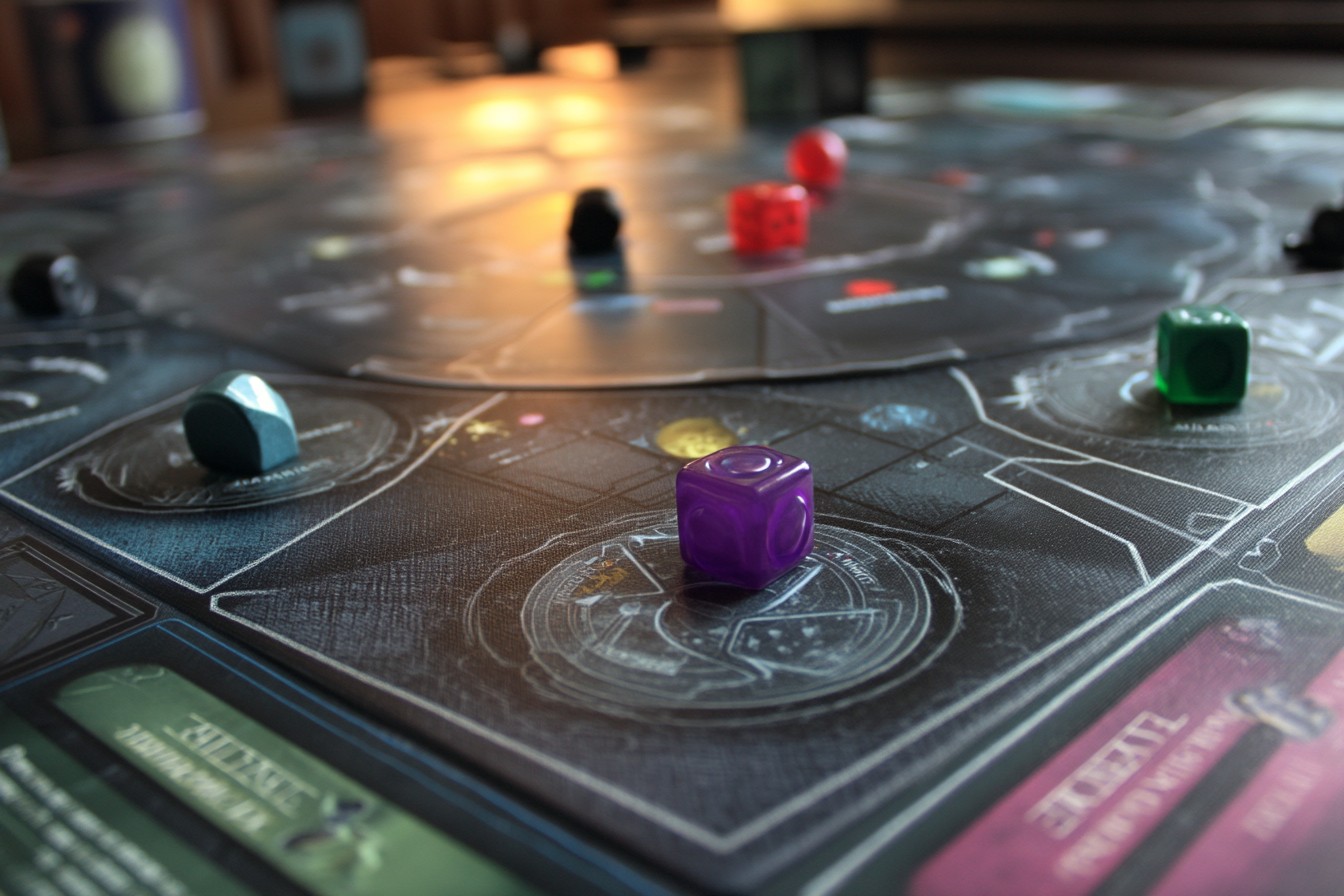
Leave a Reply